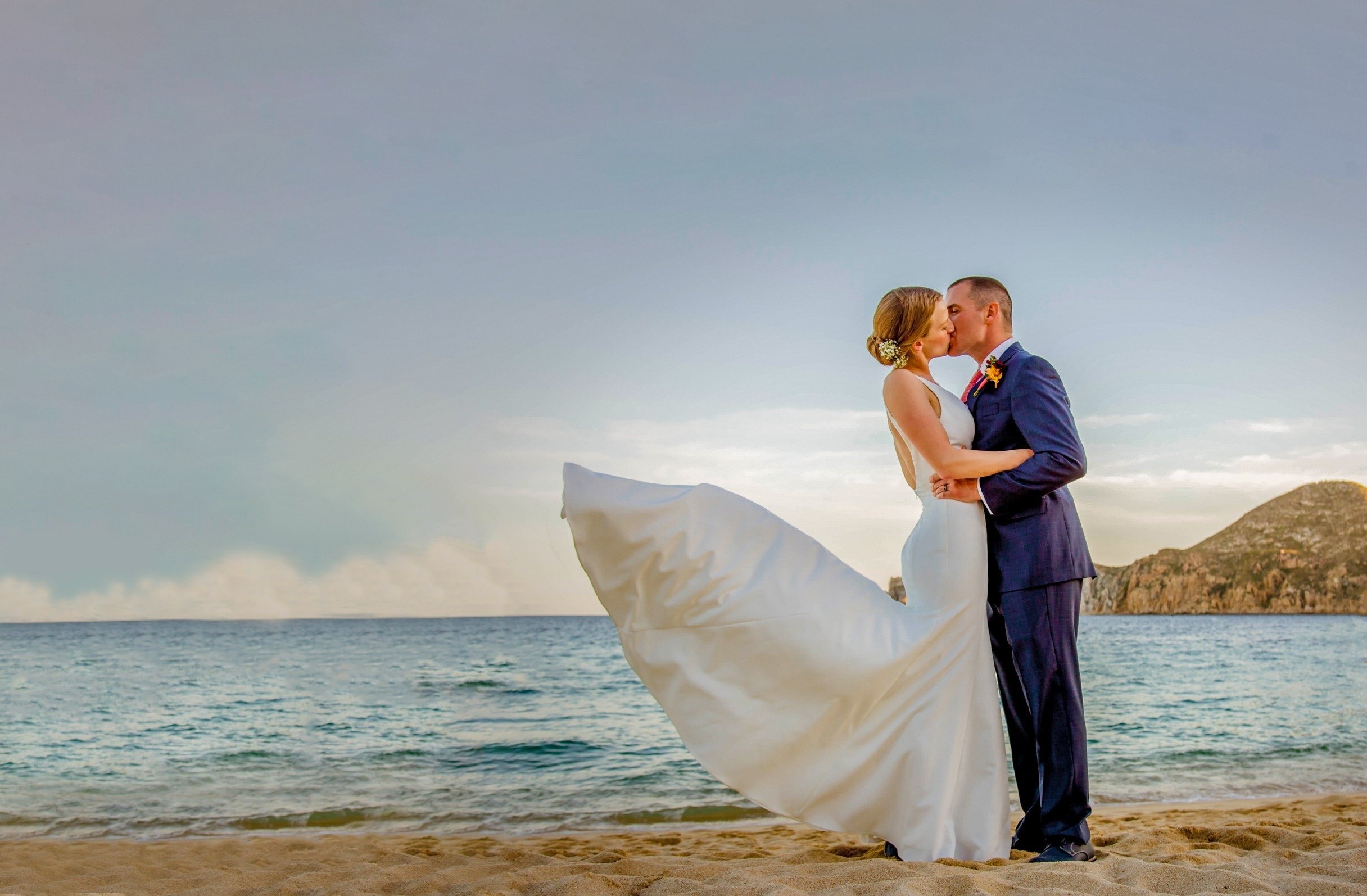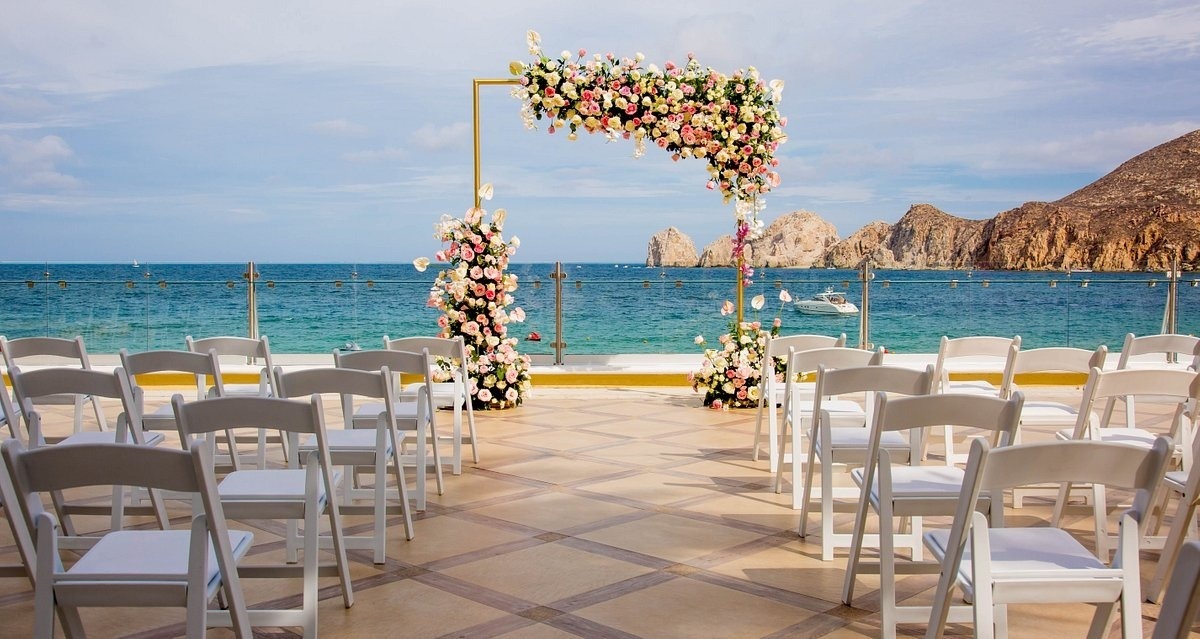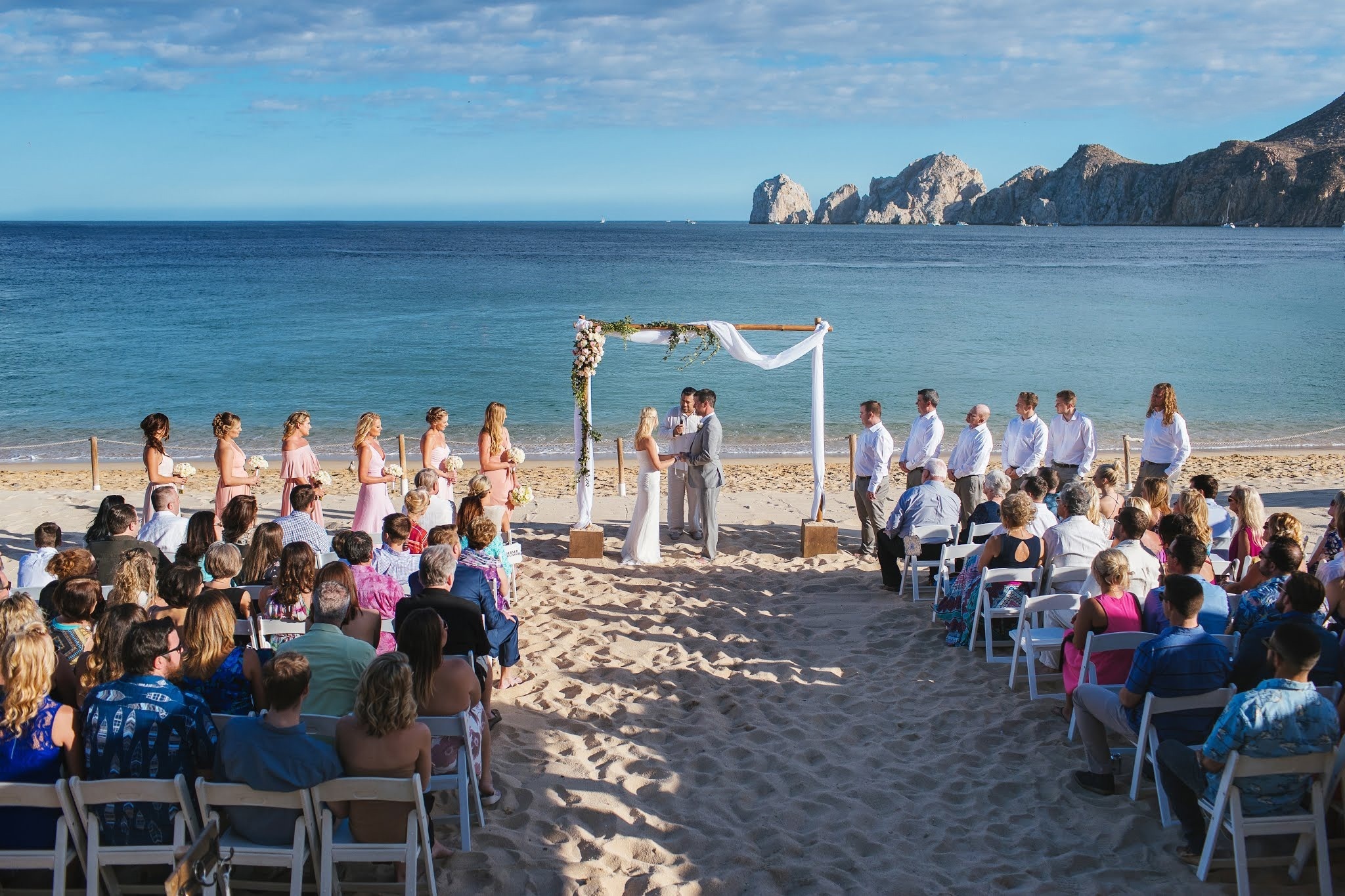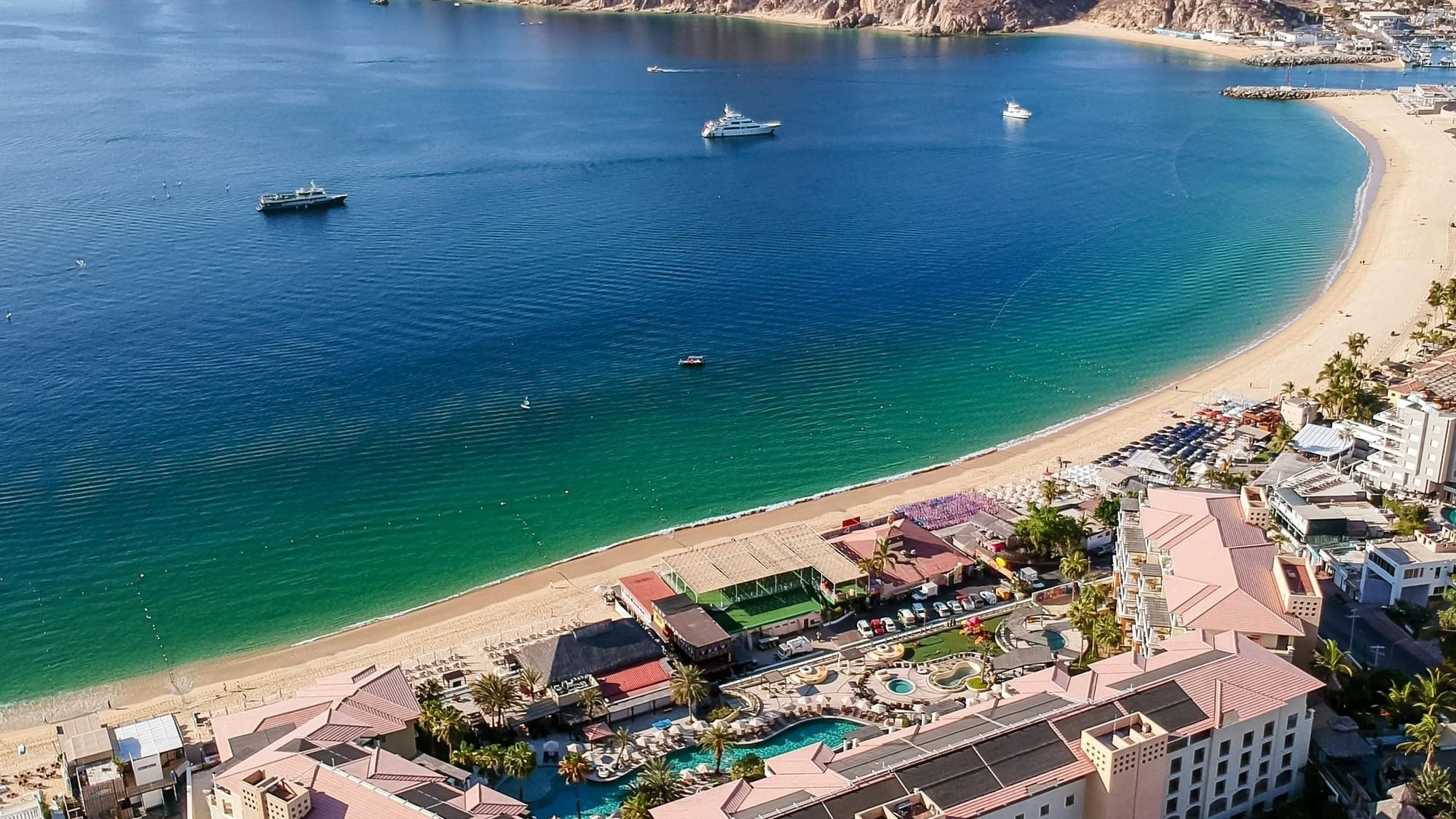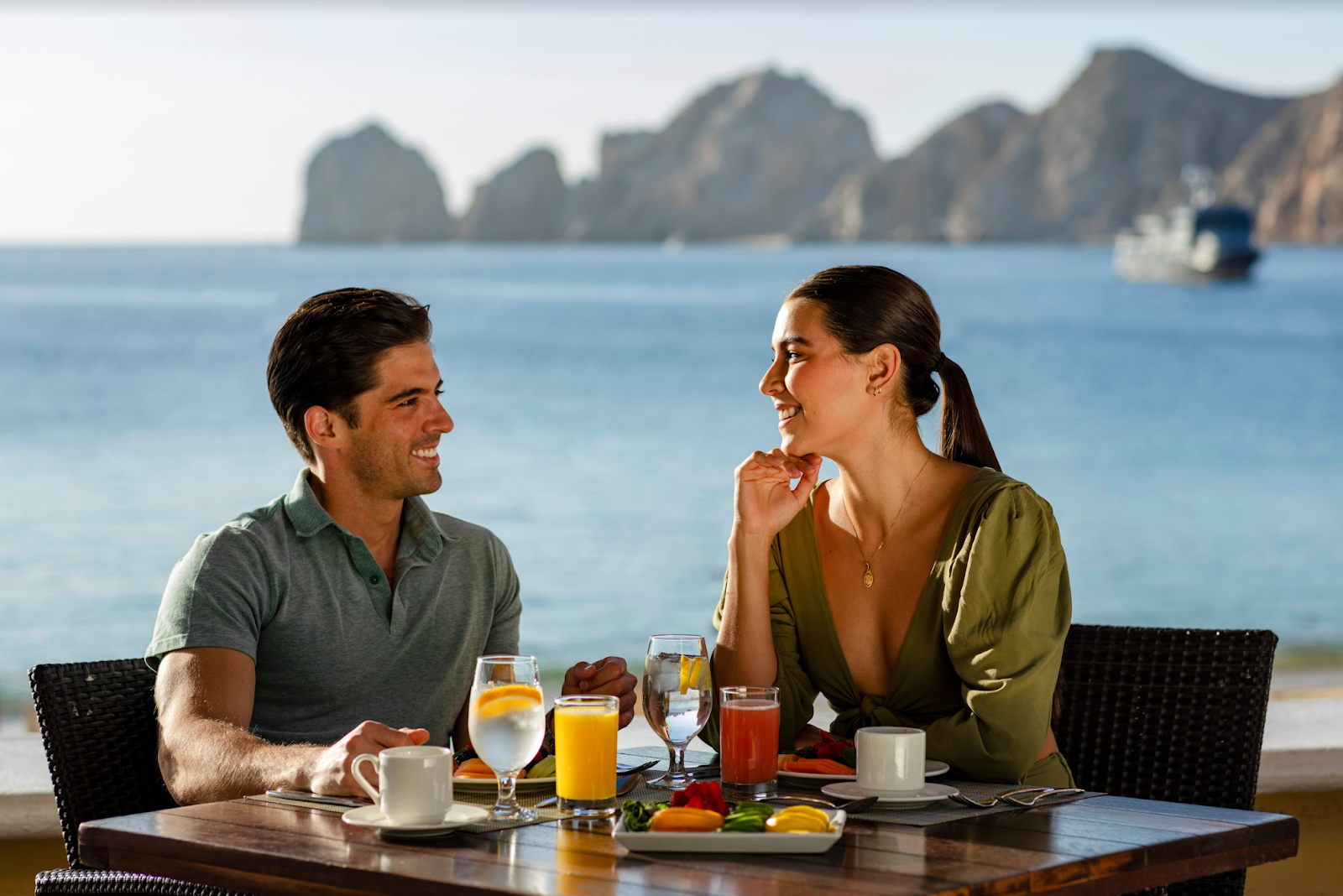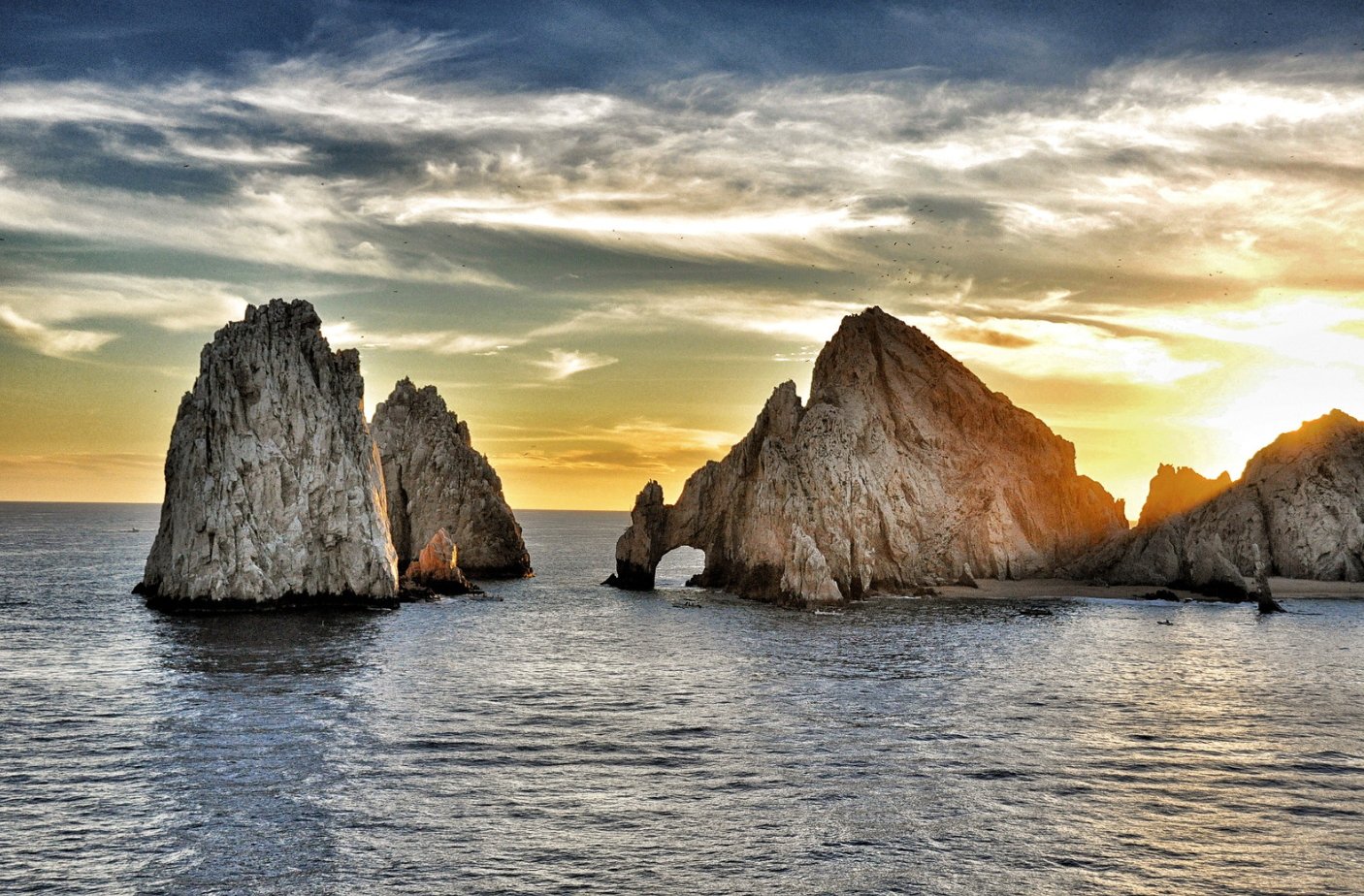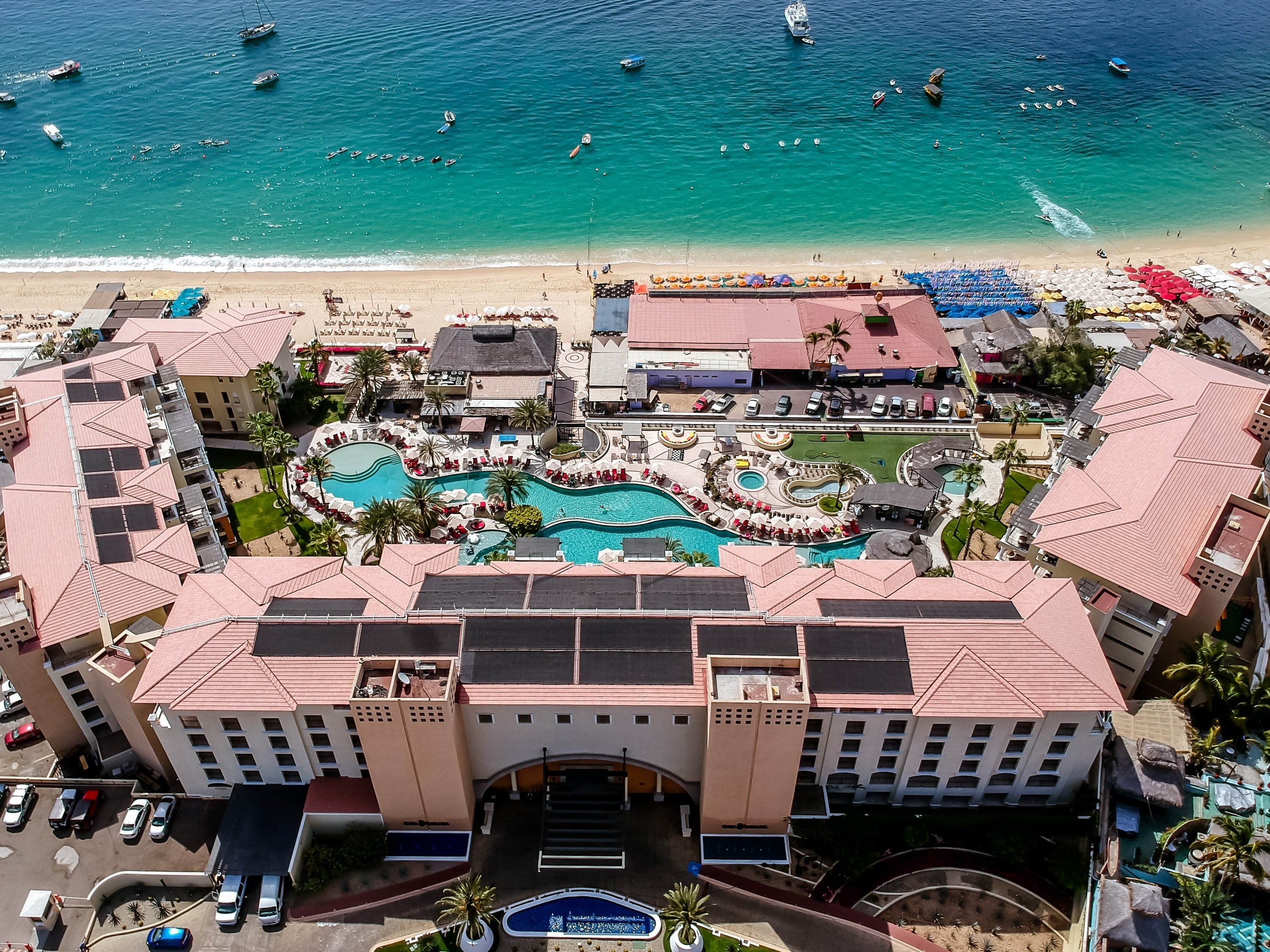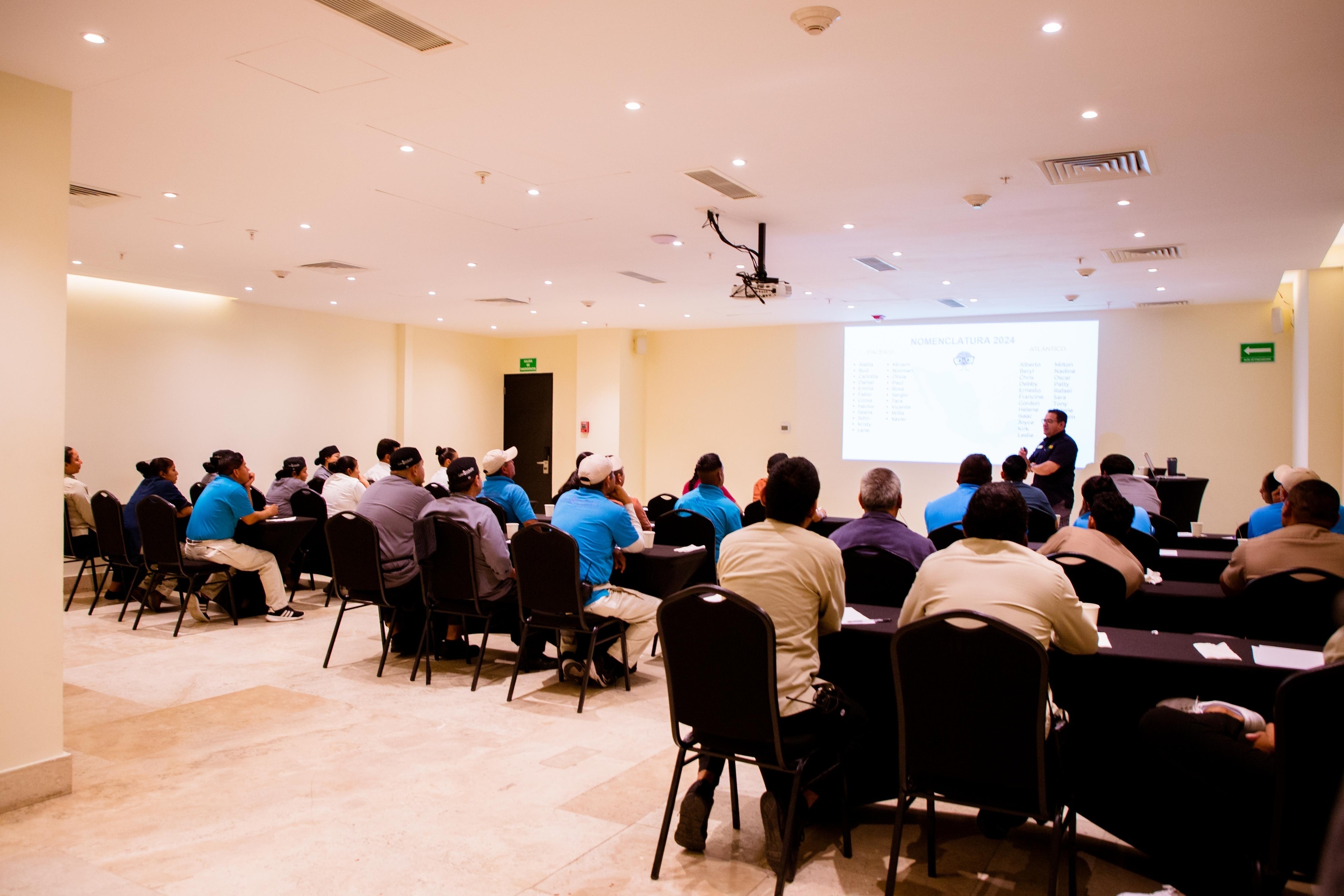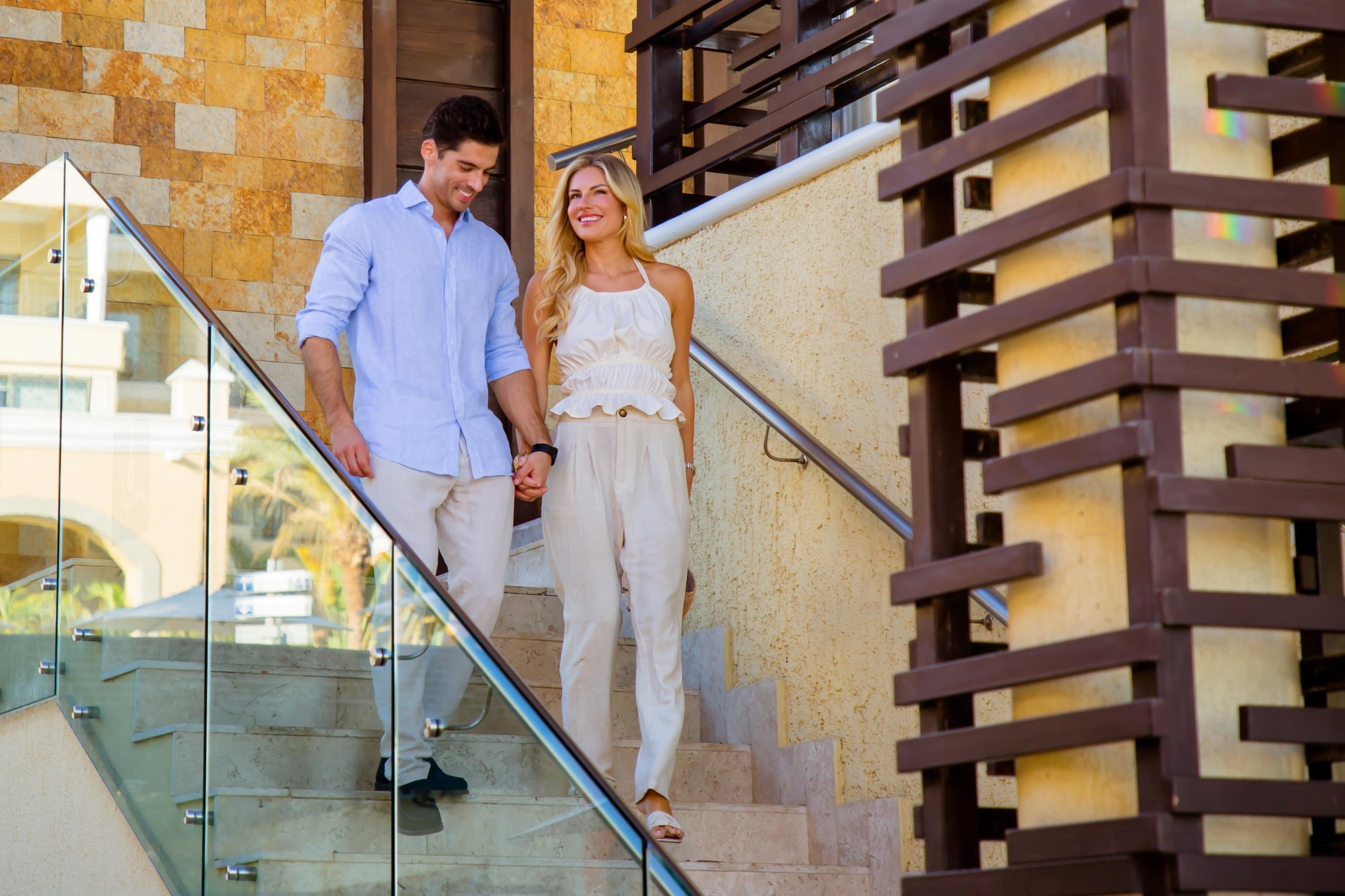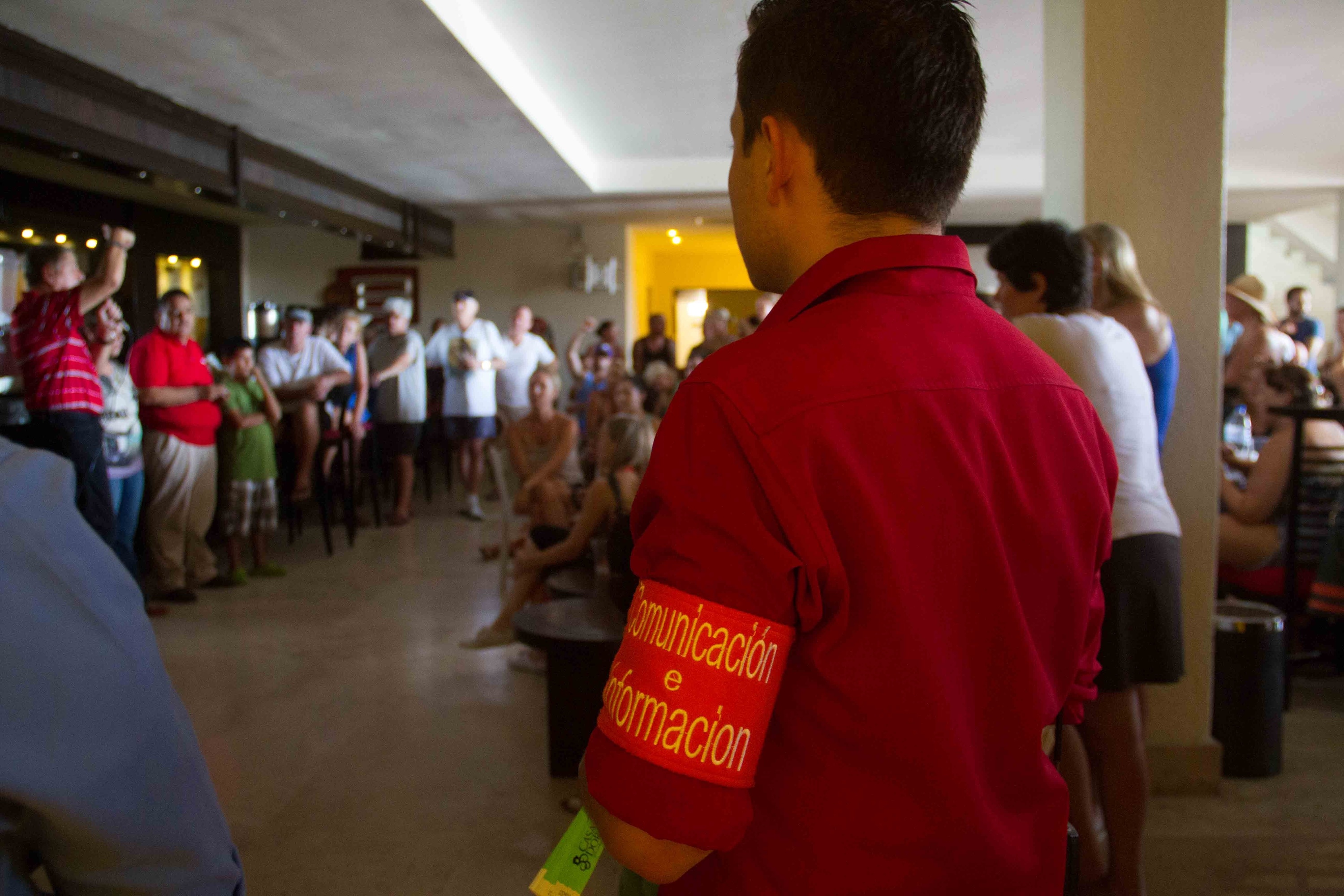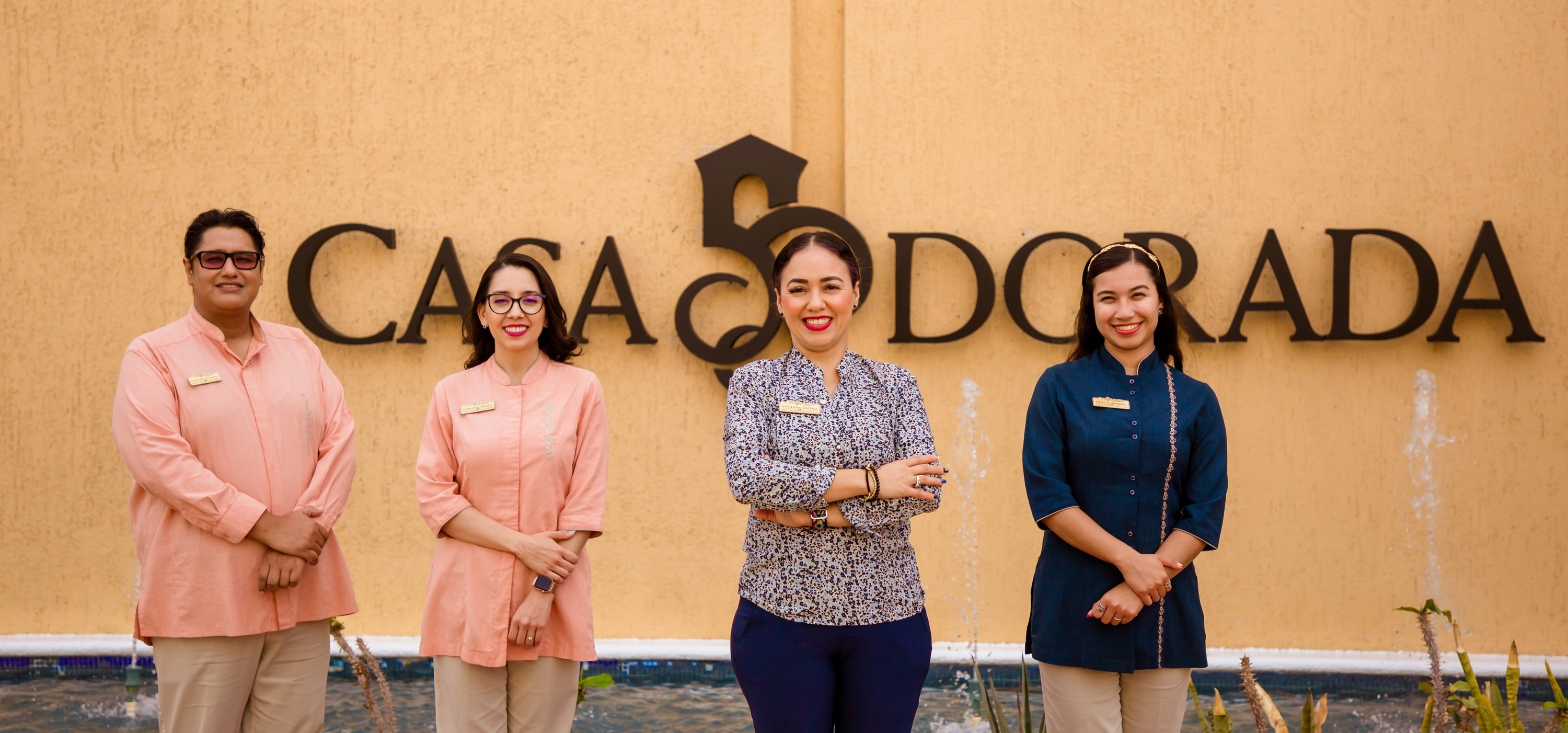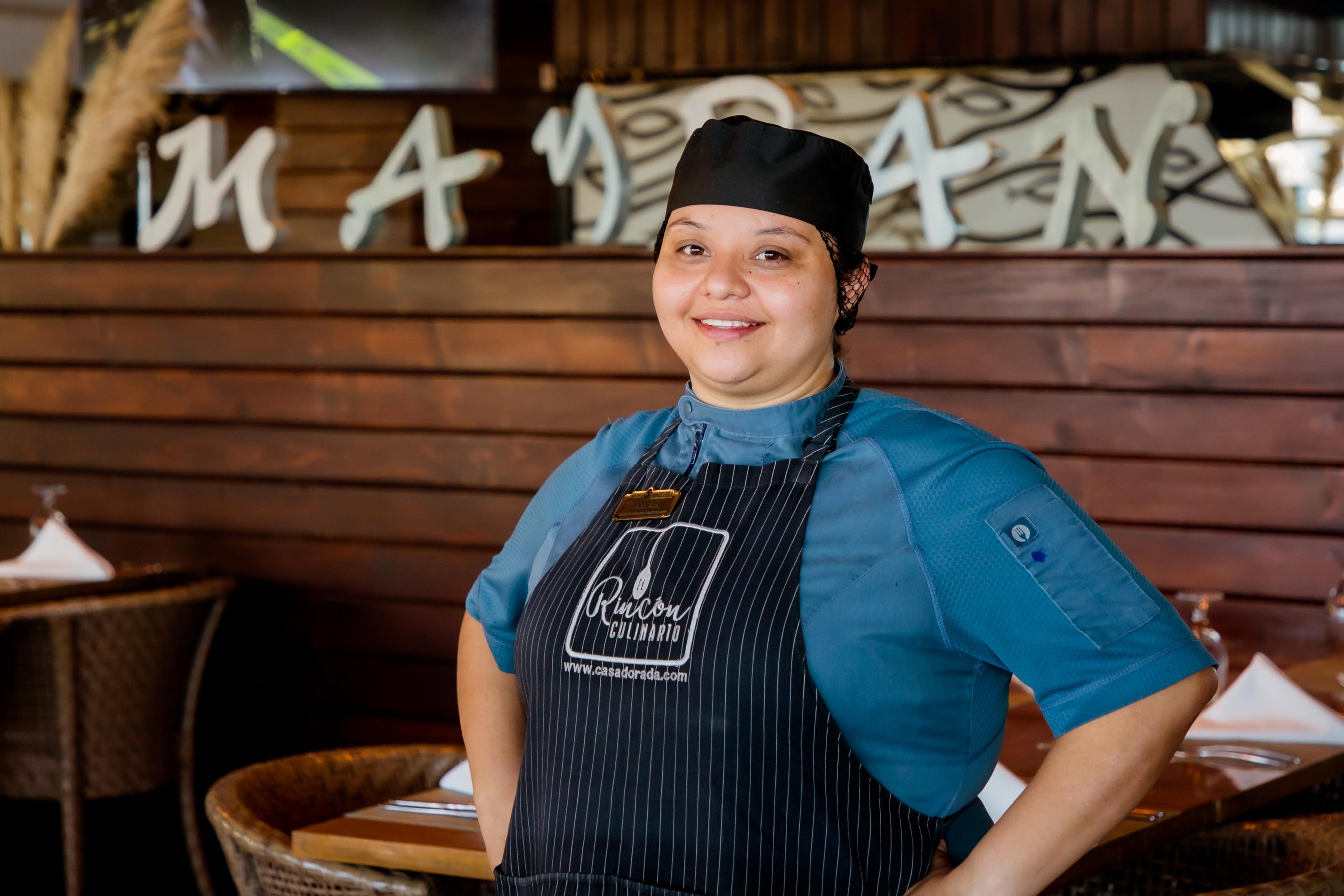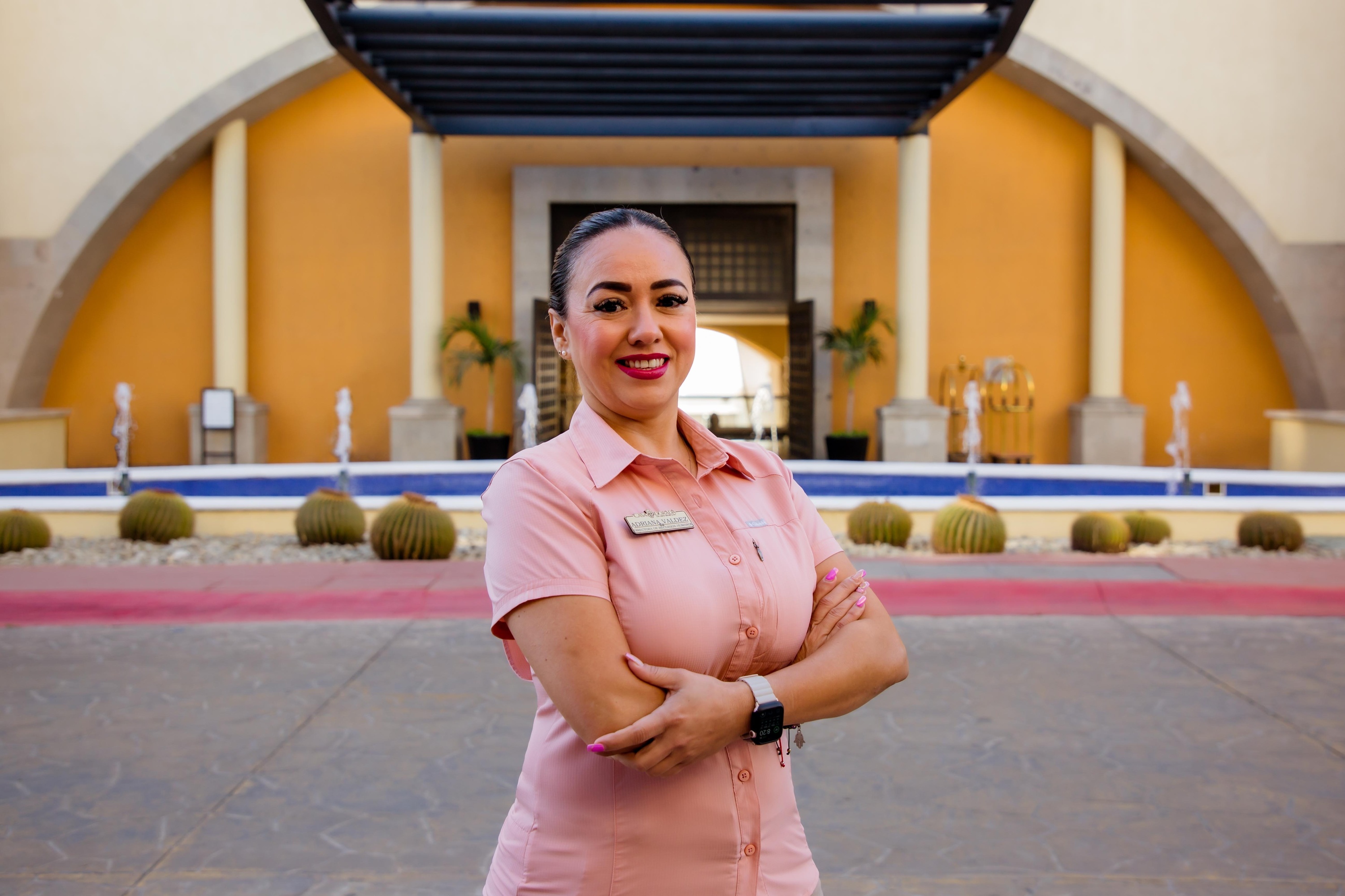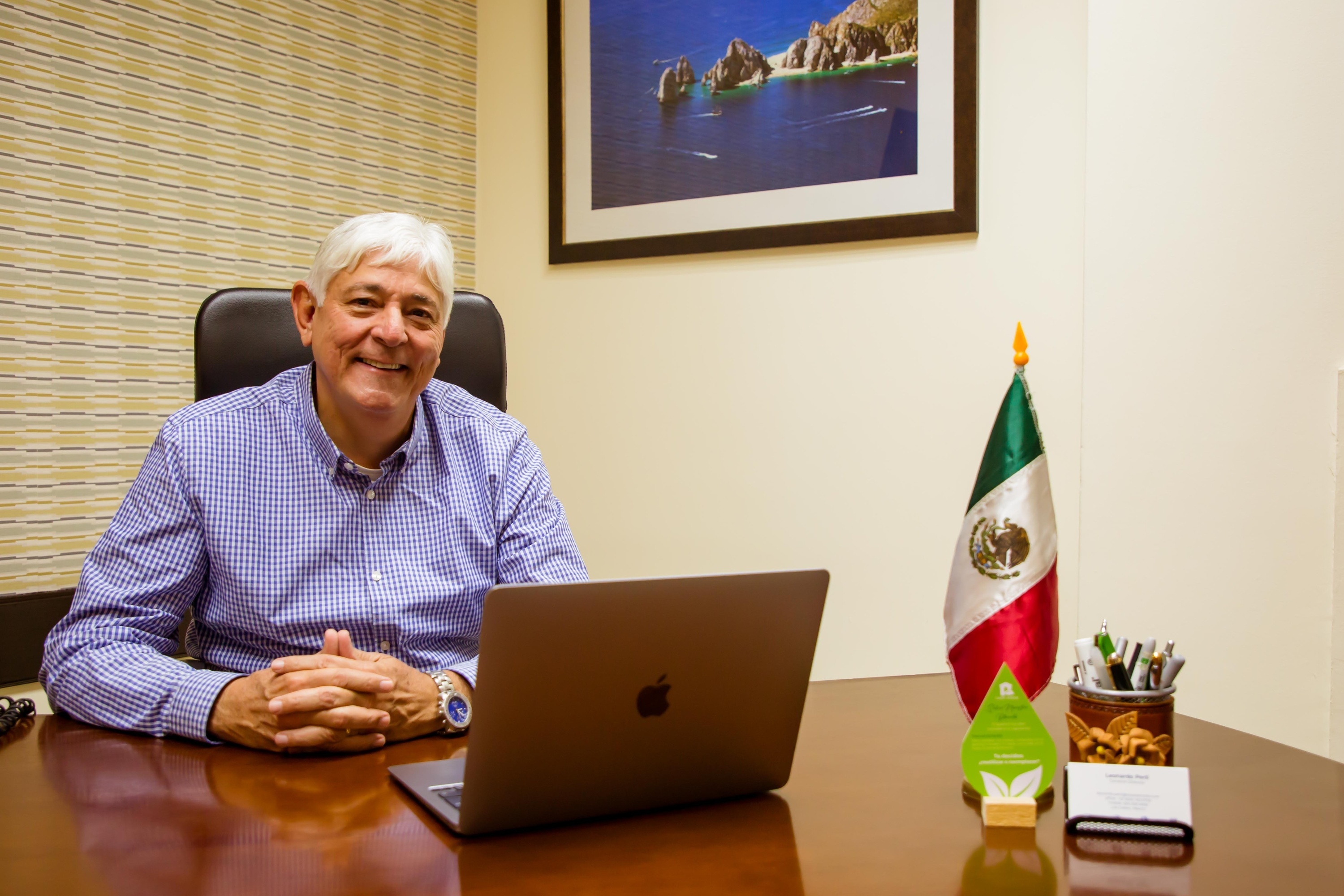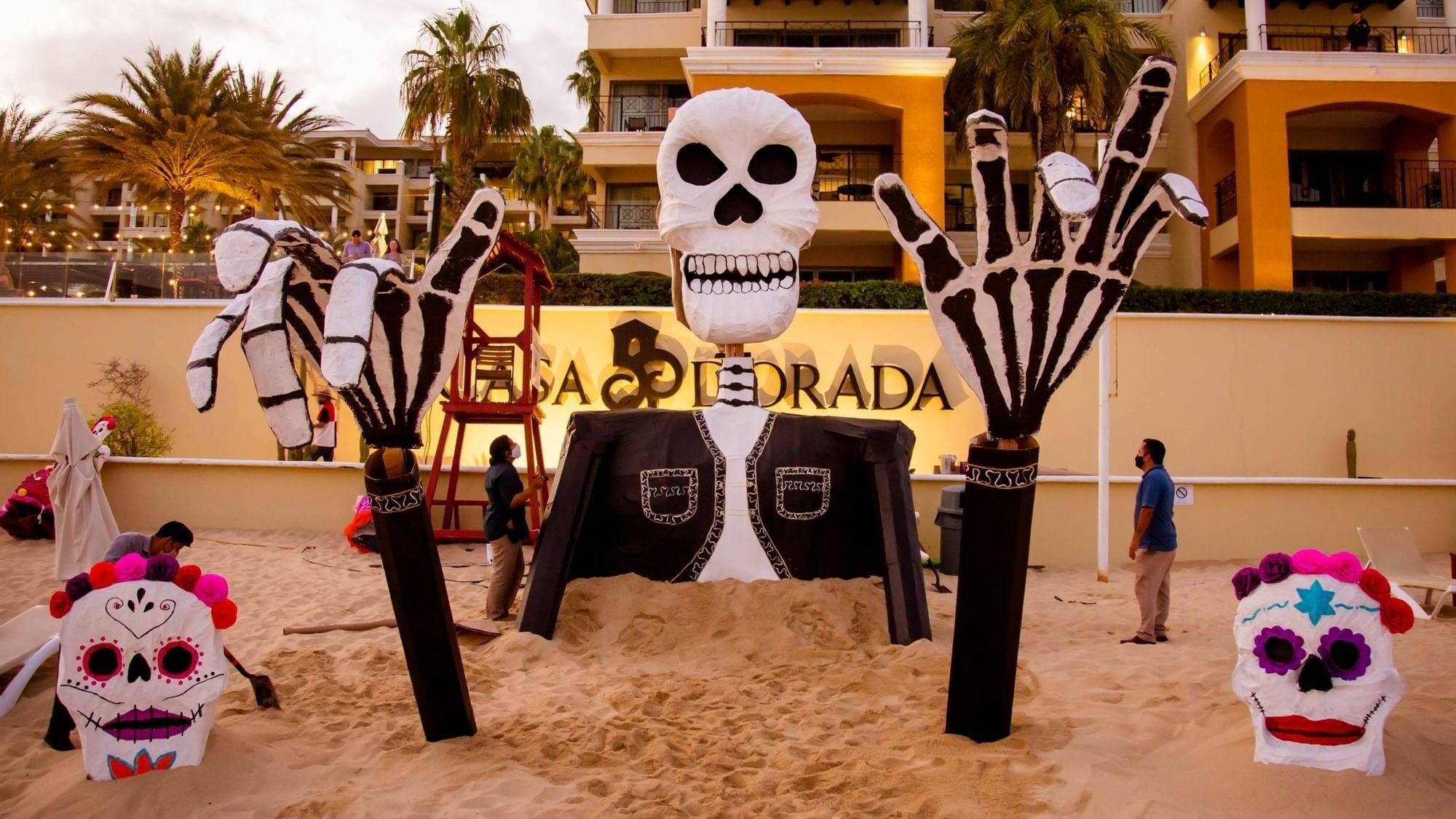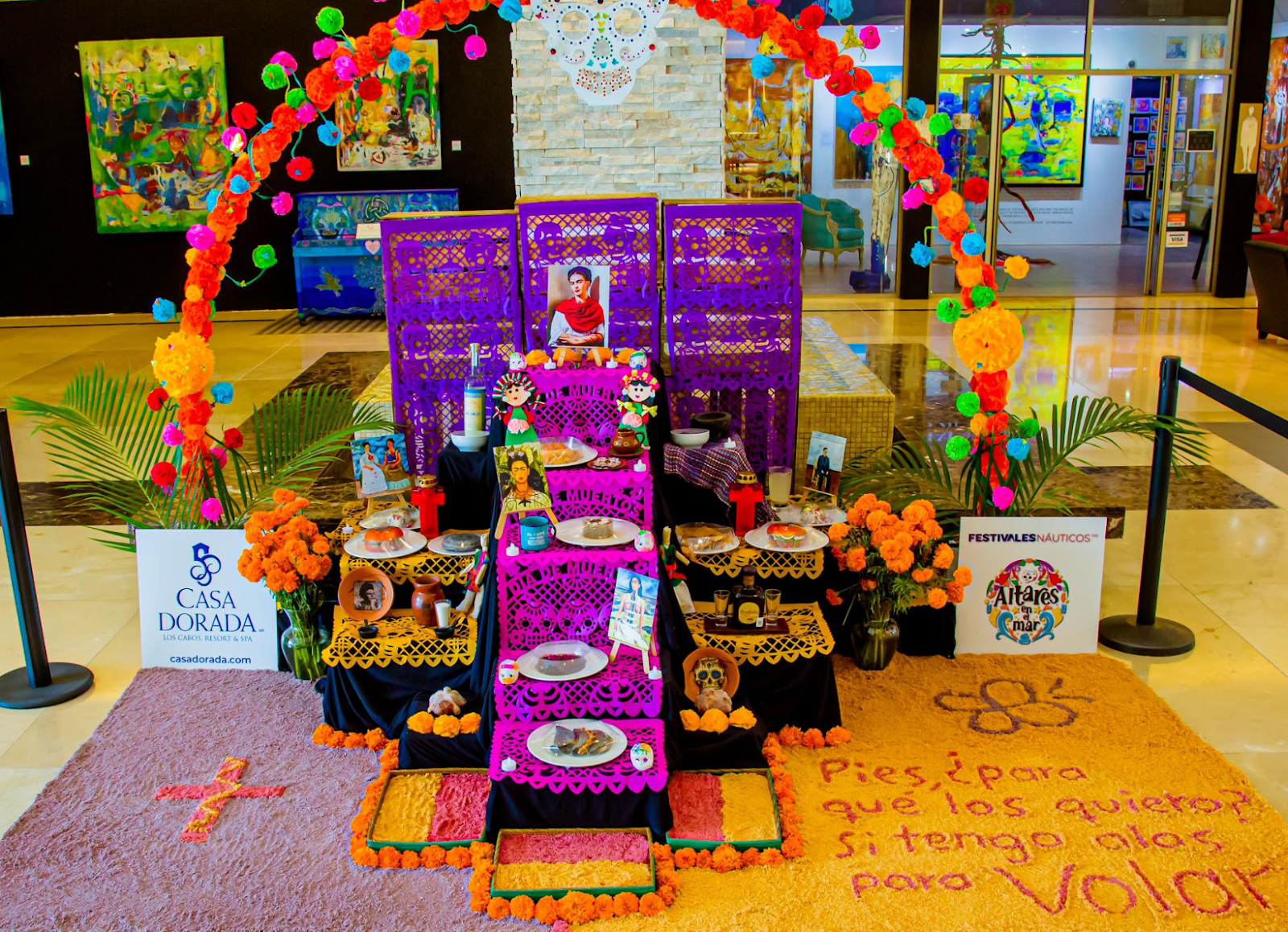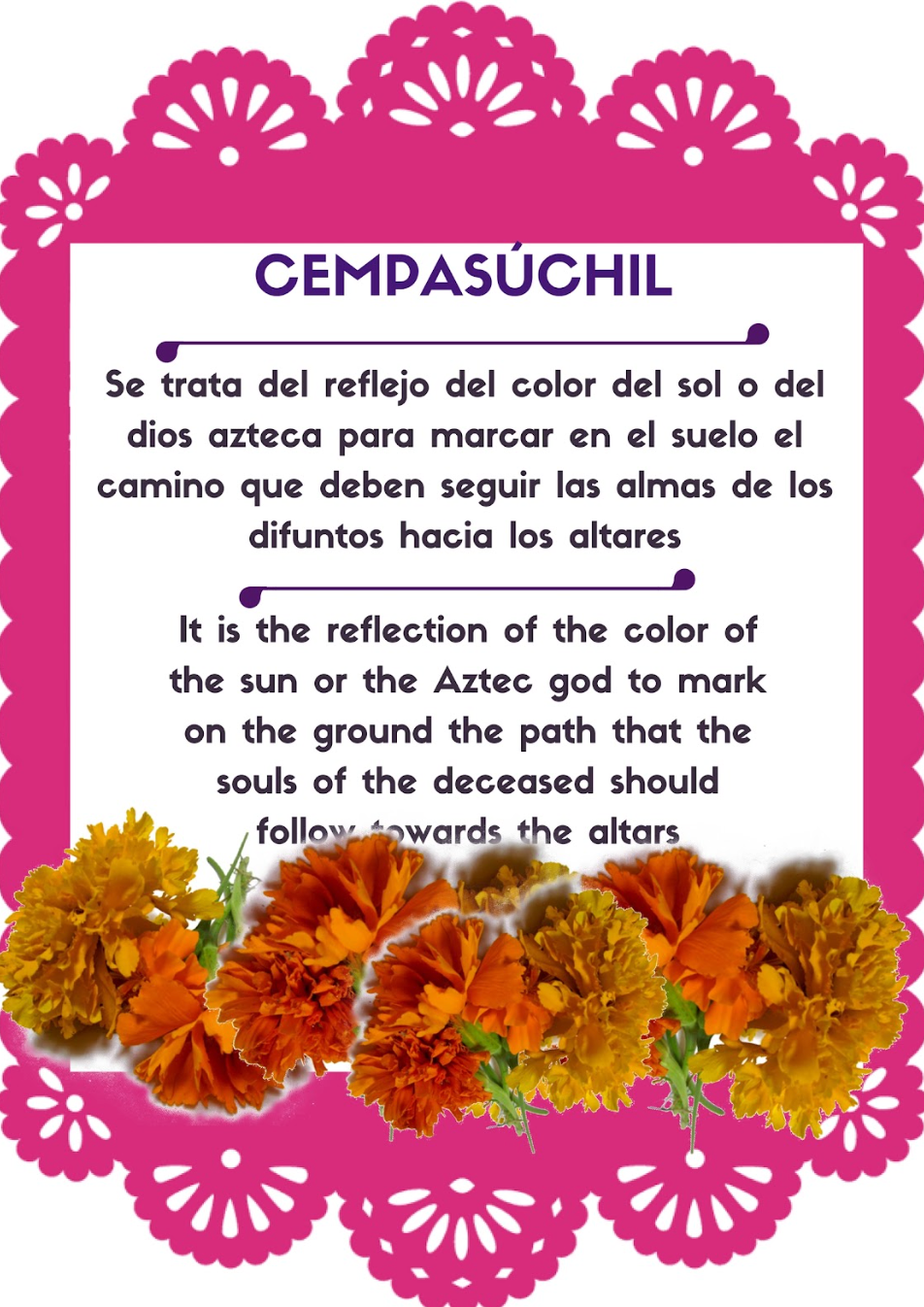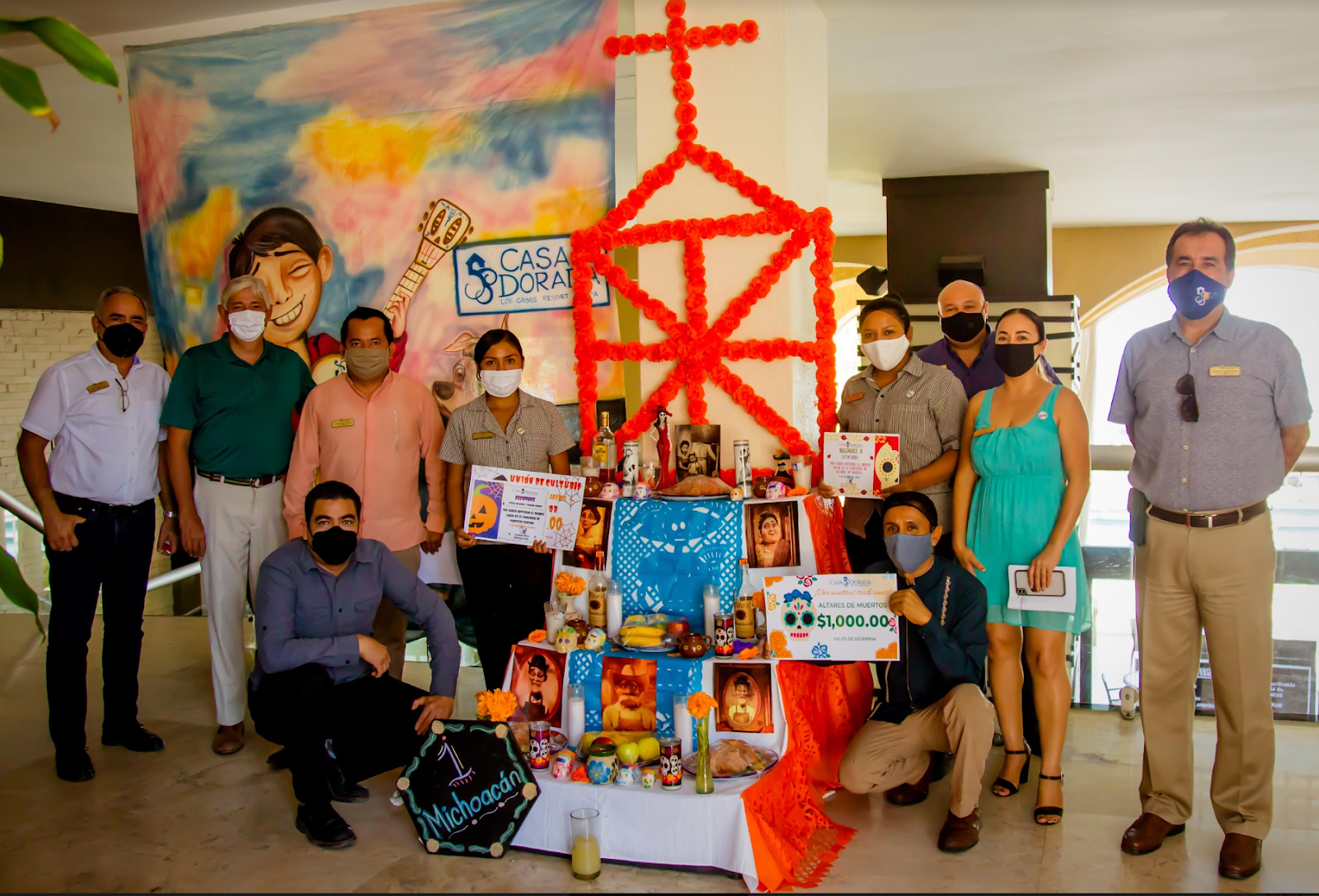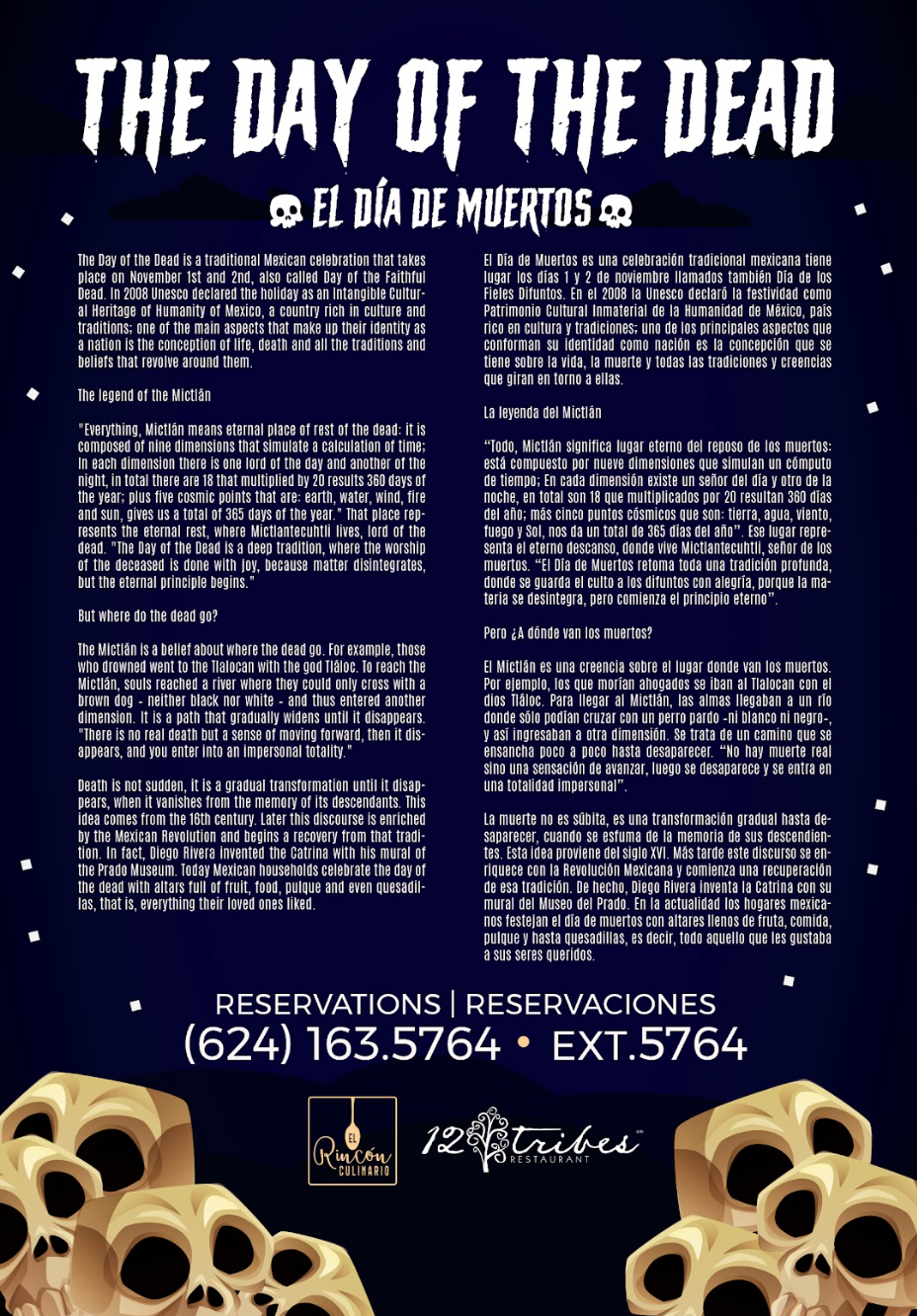
Please do not close this page.

Within this program, one of the most important pillars is the figure of the "Energy Guardian" . This role has a key focus: to carry out a daily tour of our facilities to detect any misuse of energy. When an area with unnecessary or incorrect consumption is observed, a sticker is placed on the corresponding switch as a reminder of the proper use of energy. This contributes to guaranteeing the correct and efficient operation of our facilities.
The “Energy Guardian” is trained and has a deep knowledge of the types of energies that exist, their origin, production processes and, most importantly, how to use them in a sustainable and respectful way with our planet. This approach not only educates about energy use, but also promotes a collective commitment to caring for the Earth.
We had the invaluable collaboration of Eng. Abel Angulo , Director of the Maintenance Division, who explained to us how sustainability strategies are carried out internally in the hotel, promoting green initiatives, such as the use of energy-efficient technologies (LED light bulbs, renewable energy systems, etc.), recycling programs and reduction of water consumption, which help reduce operating costs and position the hotel as environmentally responsible, standing out for its commitment to energy efficiency and the well-being of guests.
With his vast experience and knowledge, he has guided us in understanding the difference between renewable and non-renewable energies . She also taught us how each person can be responsible with daily actions, both at work and at home. Thanks to her guidance, she shared with us examples of small actions to reduce energy consumption , such as:
- Turning off unnecessary lights and electronic devices. - Reducing the use of paper in the office. - Unplugging electronic equipment when not in use. - Taking care of the amount of food that is wasted.
These actions, although simple, have a great impact and are essential to optimize energy consumption.
On World Energy Efficiency Day (March 5) , we want to share these actions and knowledge with you, inviting you to be part of this global commitment. Remember that you too can be an Energy Guardian , and that with small changes in your daily routine, you can improve your energy consumption. We share some of them with you so that you can put them into practice:
- Turn off the lights that you are not using.
- Take advantage of natural light during the day instead of turning on artificial lights.
- Use energy-efficient LED light bulbs.
- Make sure that appliances are turned off when not in use.
- Encourage teleworking to reduce electricity use in the office.
These are just some of the actions that can make a big difference in the conservation of energy resources.
Learn more about our sustainability initiatives in the Casa Verde section .2. Real-time weather monitoring
We constantly monitor weather conditions through official sources. In the event of a hurricane warning , we activate an internal communications system to provide timely and clear information on the measures to be taken.
4. Emergency supplies and equipment
We have emergency kits with flashlights, batteries, walkie-talkies, and first aid kits . These kits are strategically located, ready to be used if there is a power outage or damage during a hurricane.
Additional tips for our guests If you're with us during hurricane season, we recommend:
